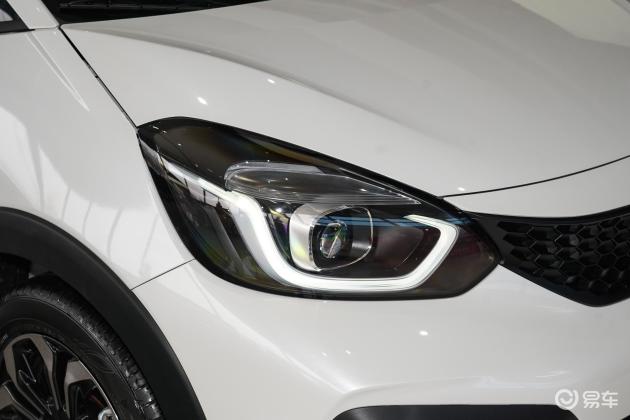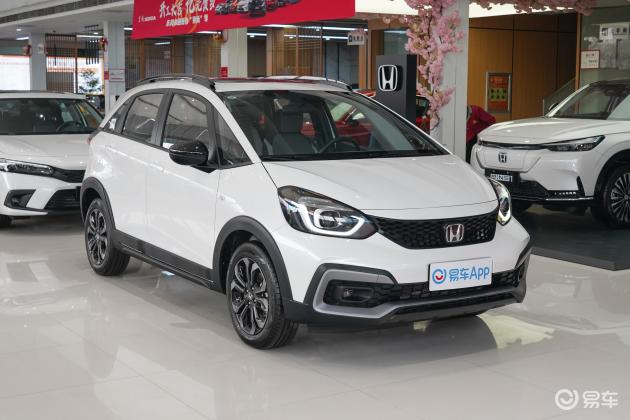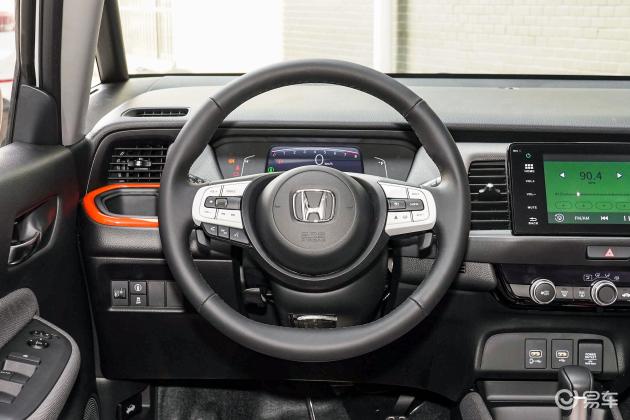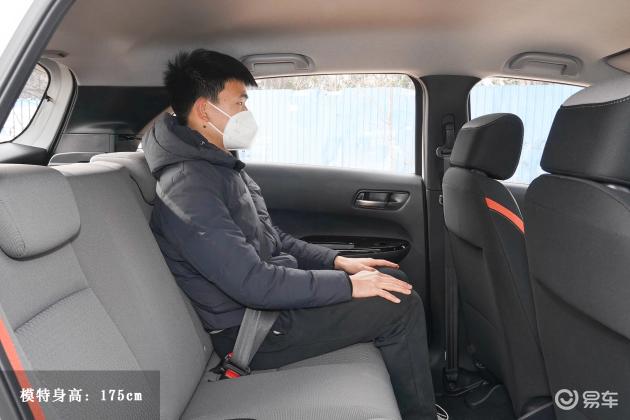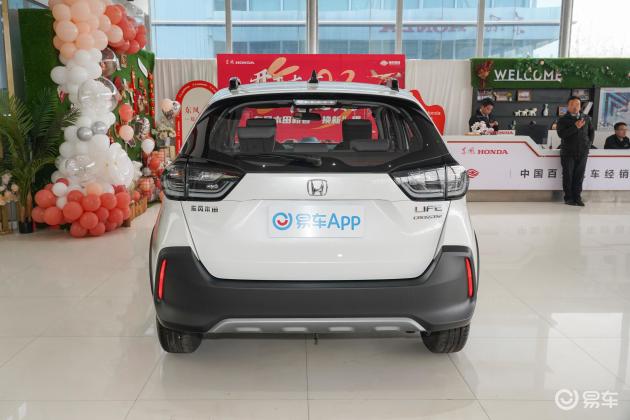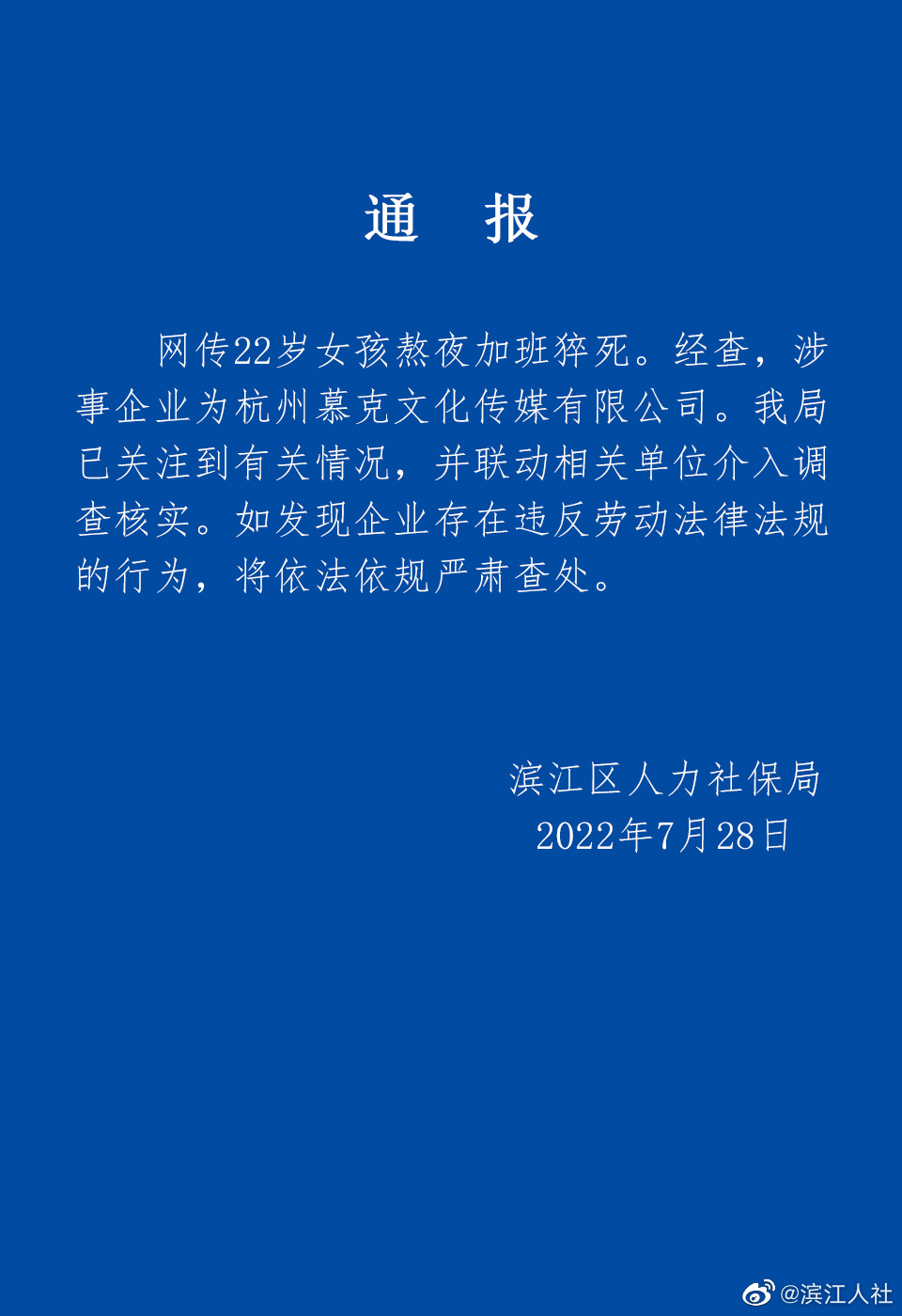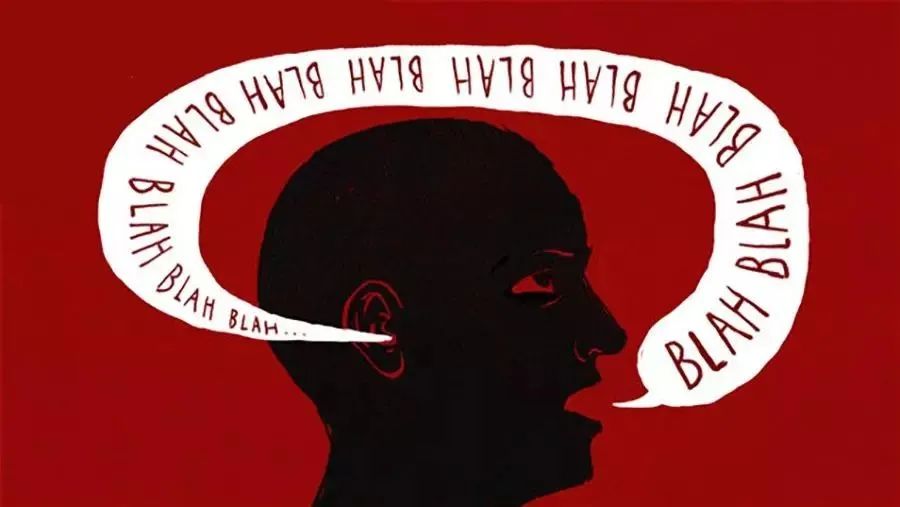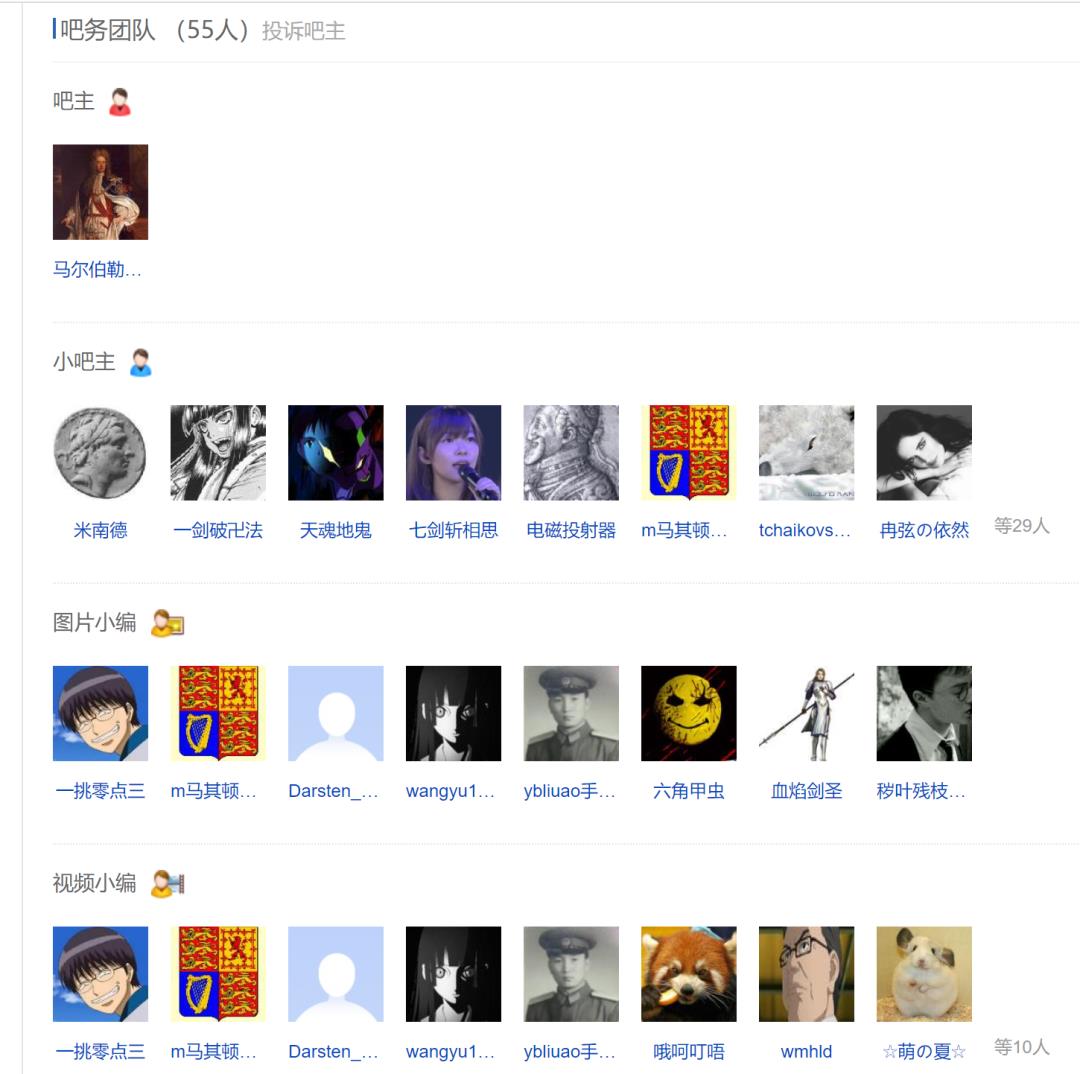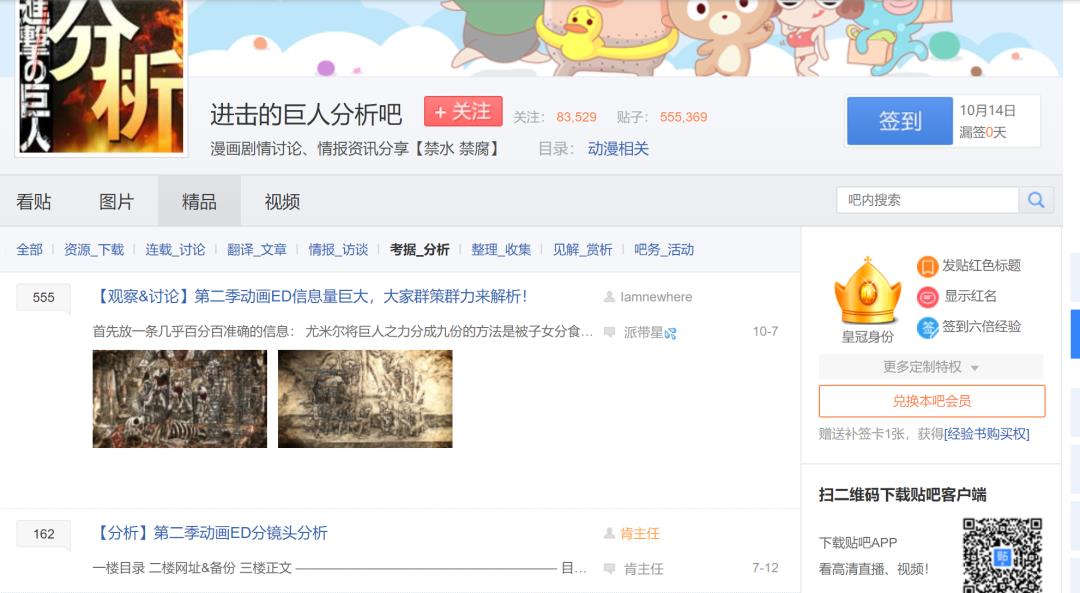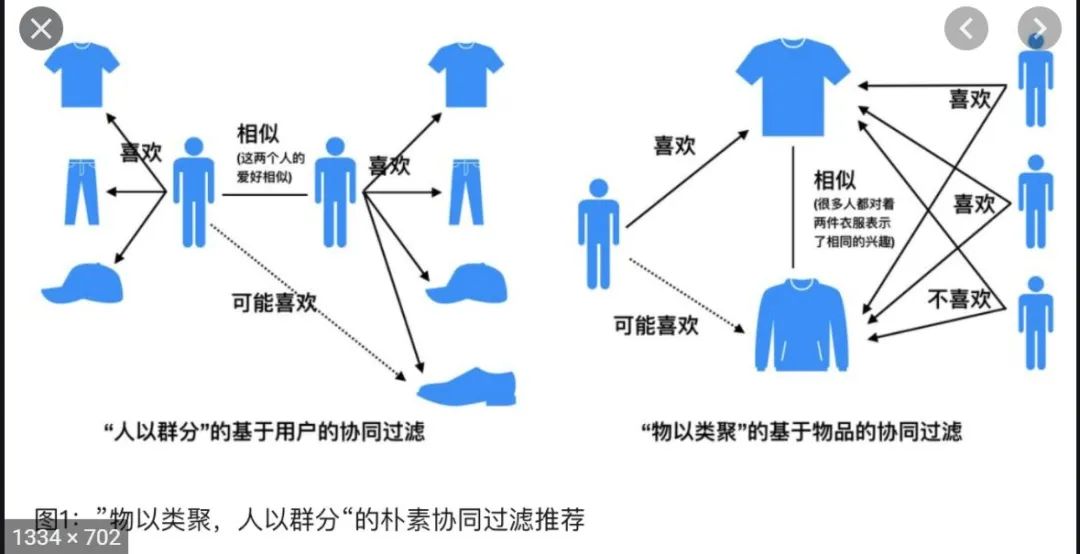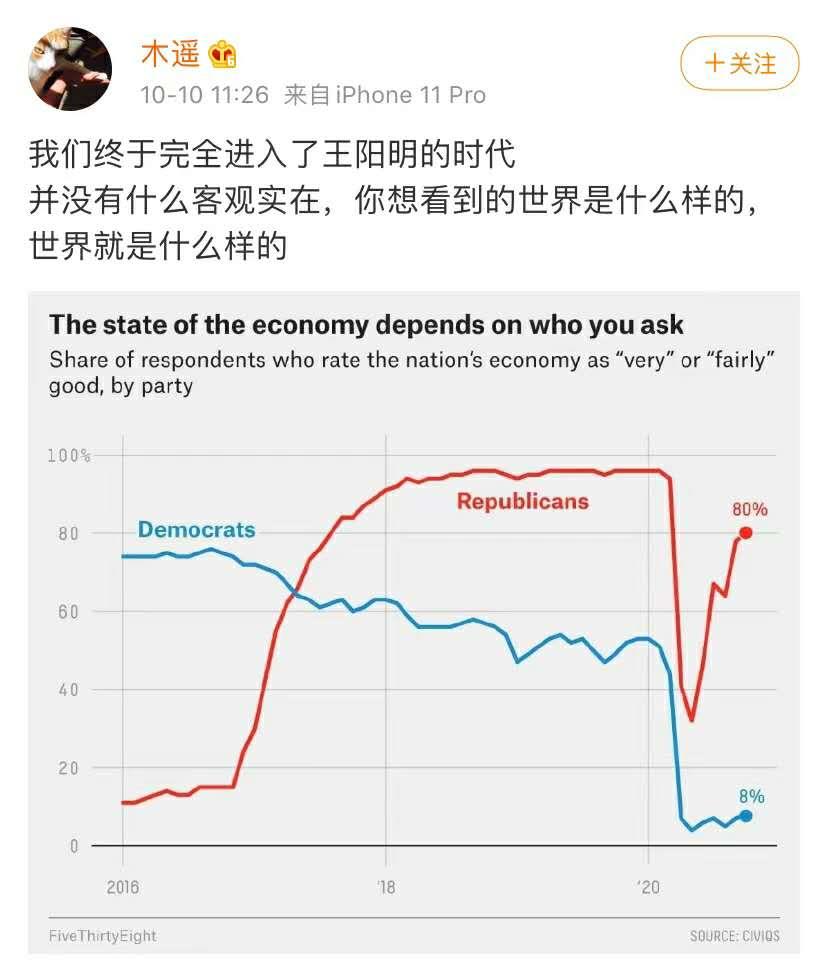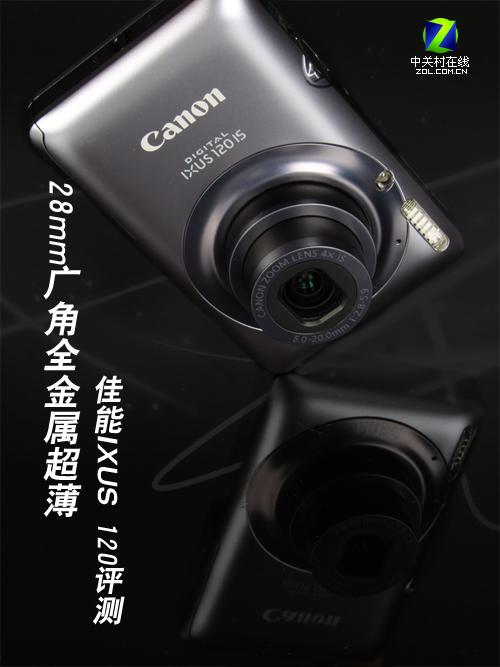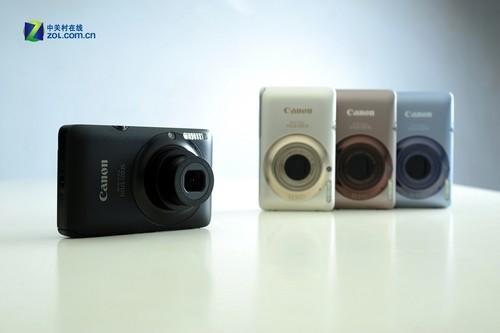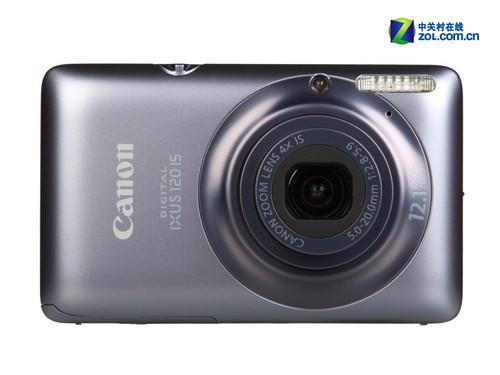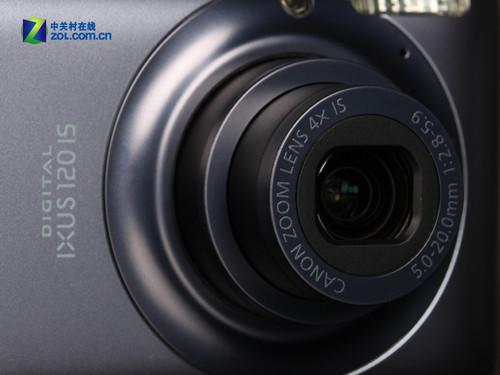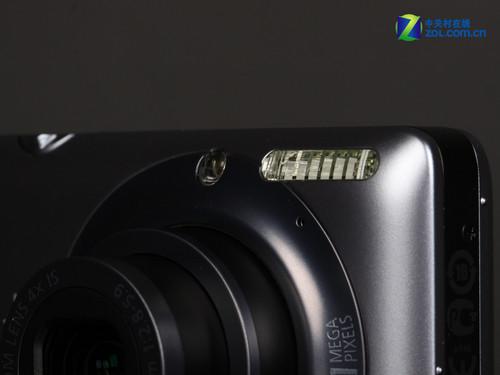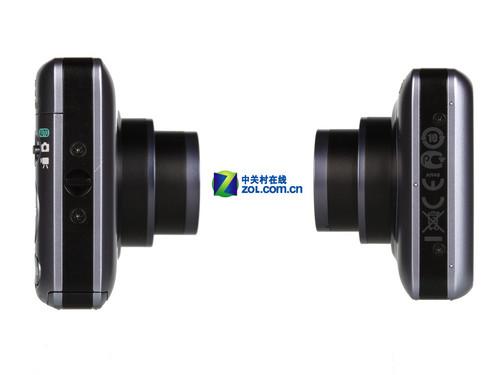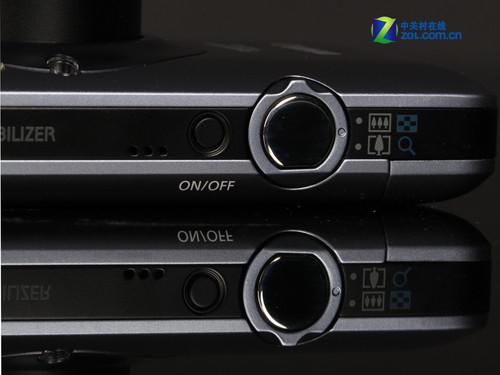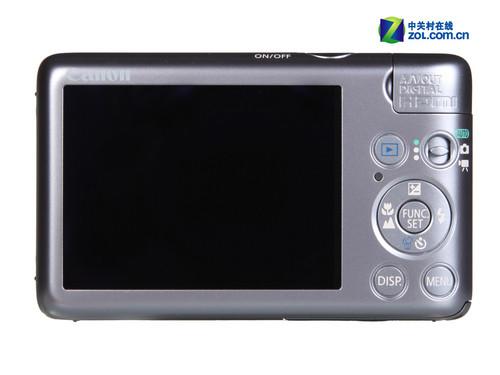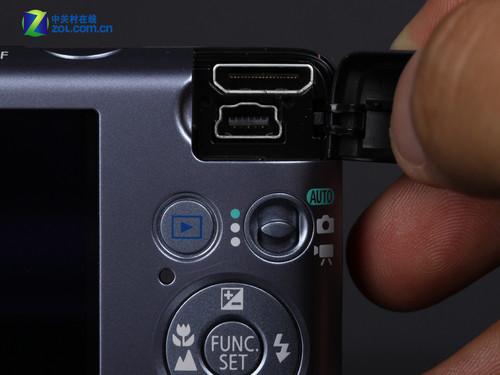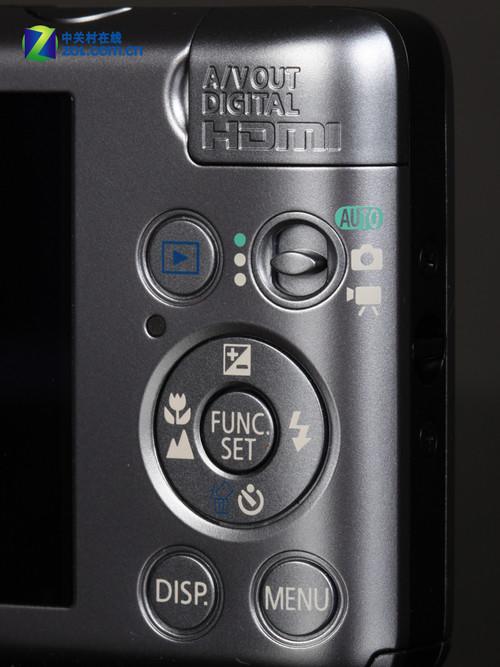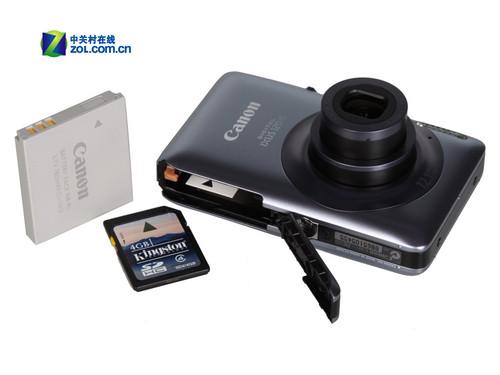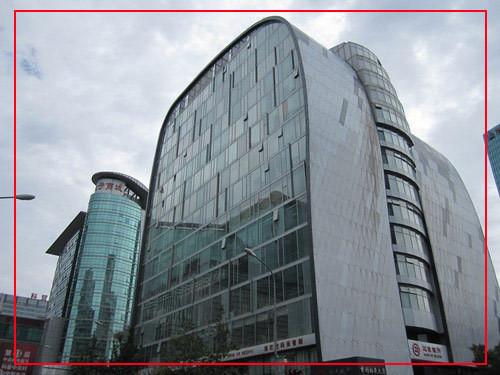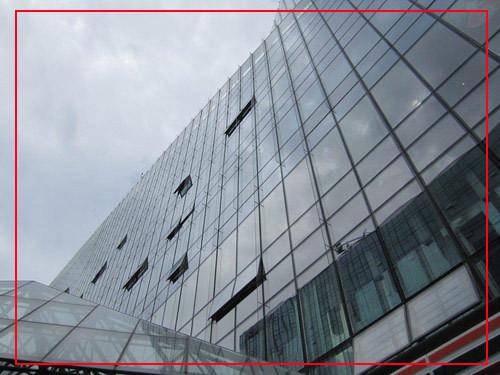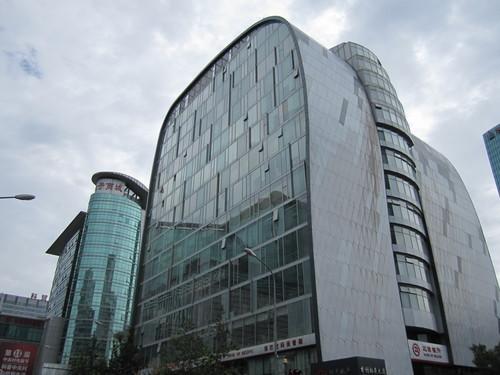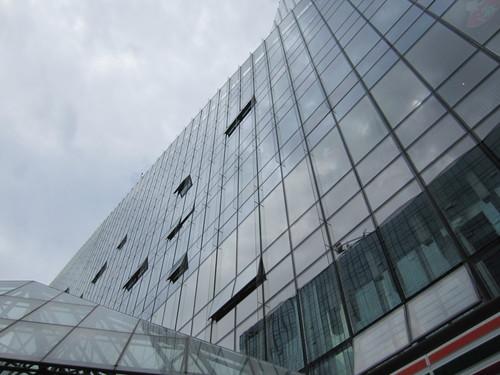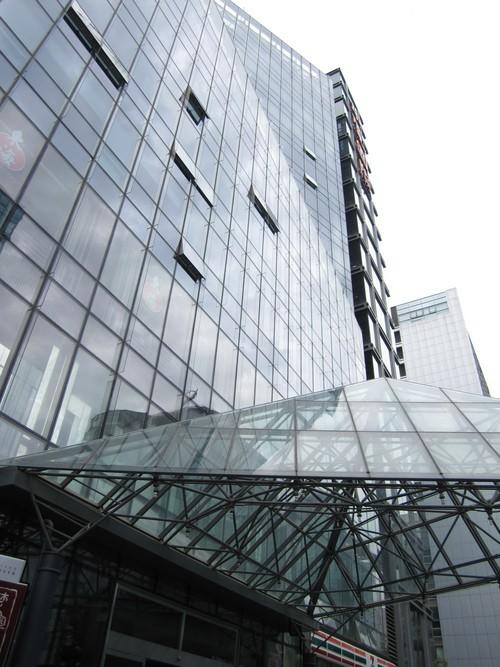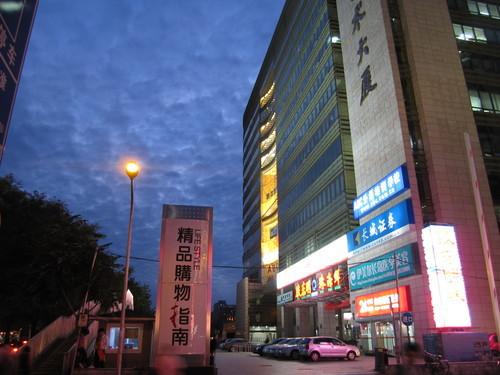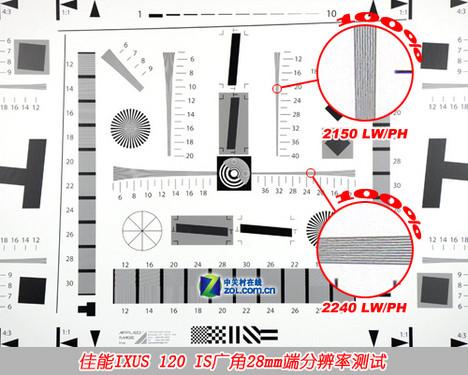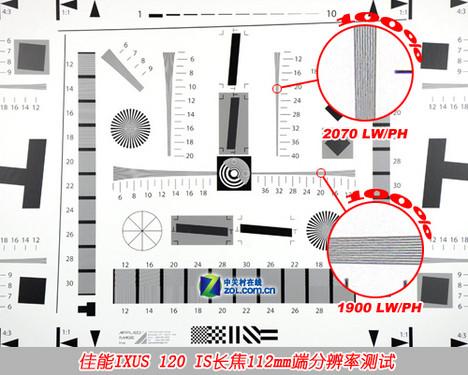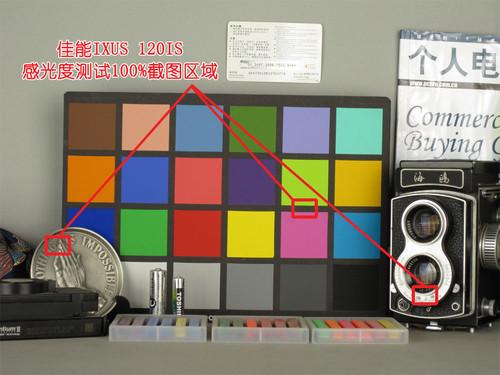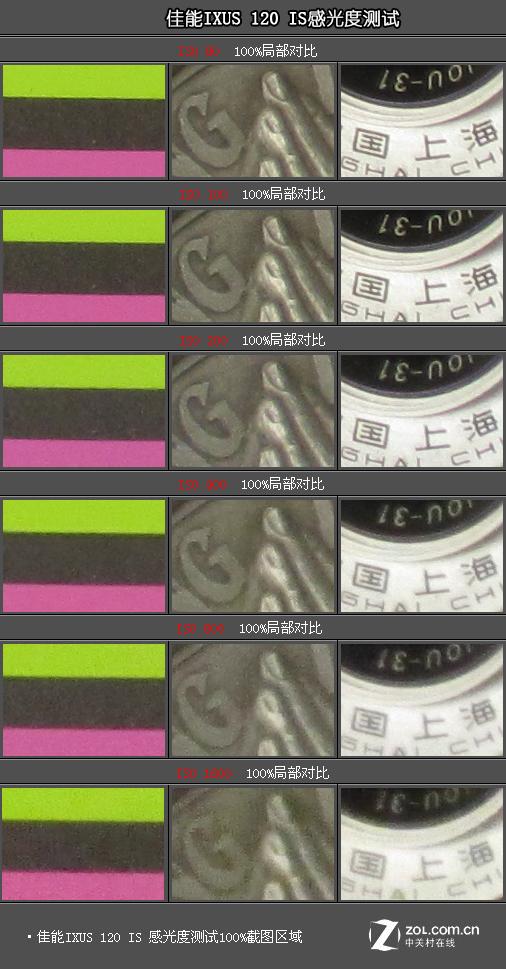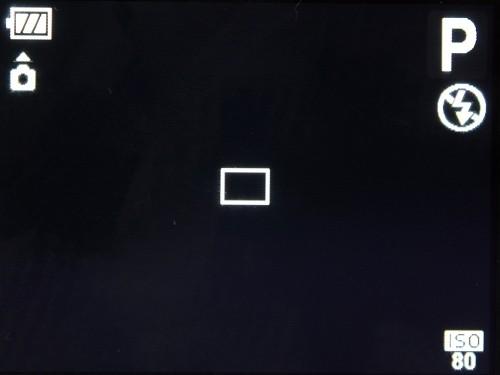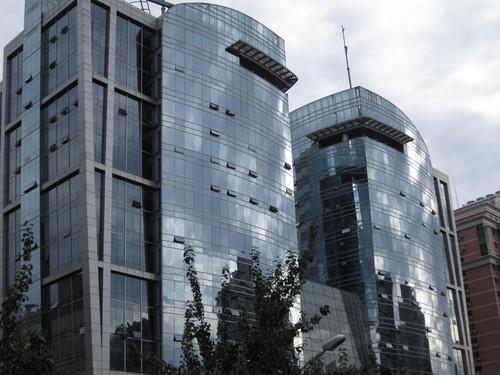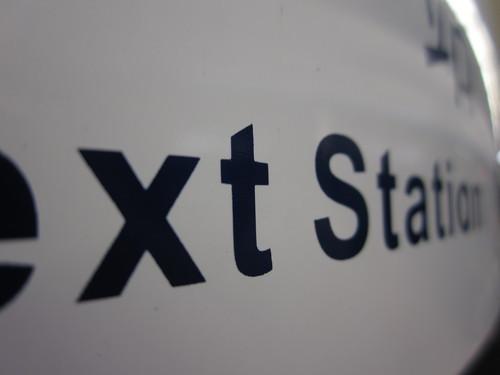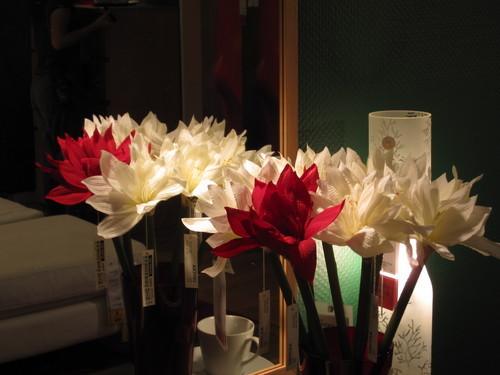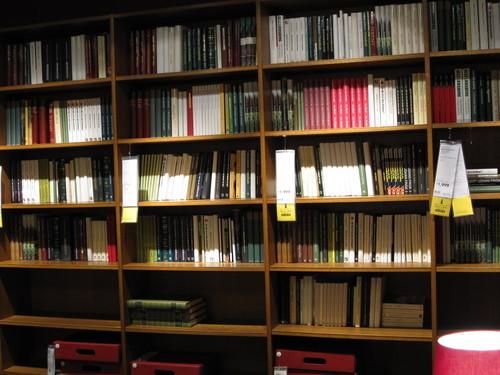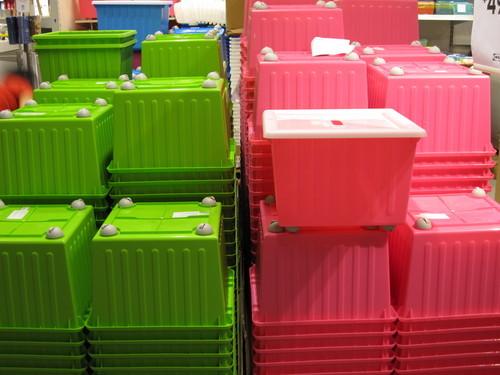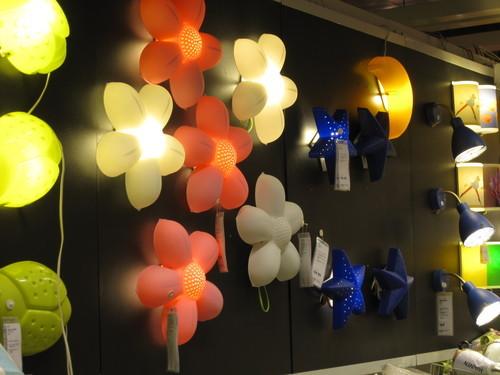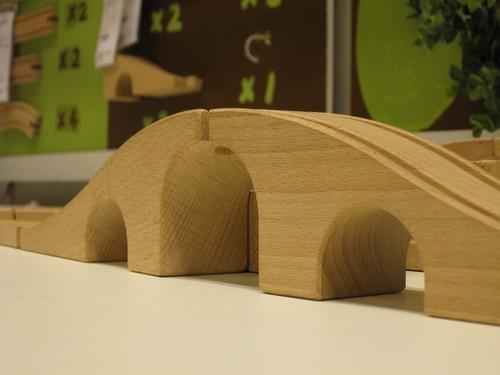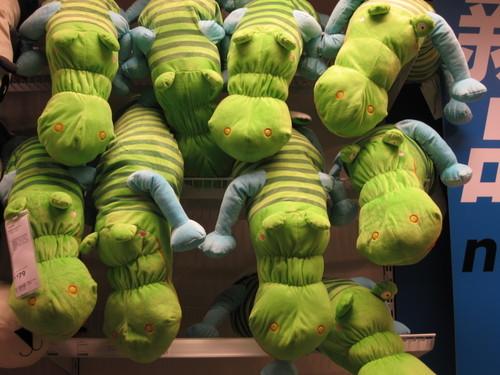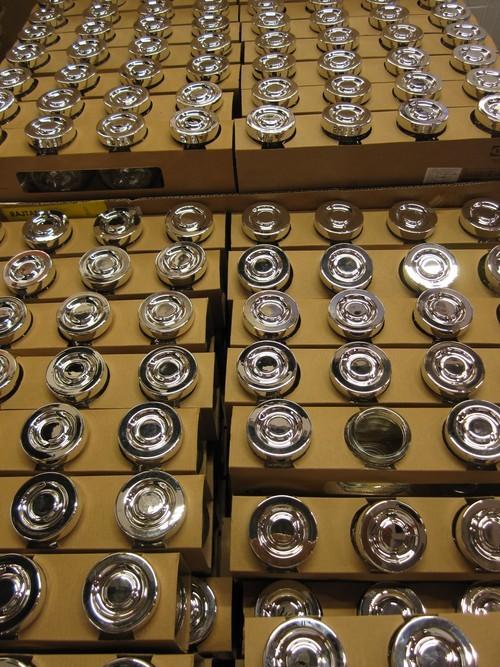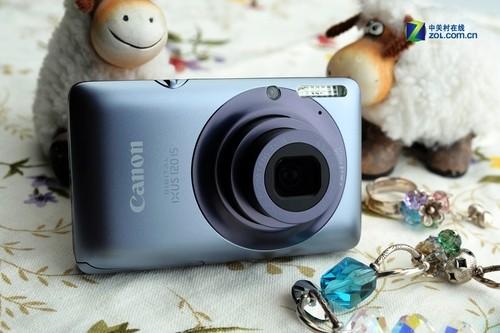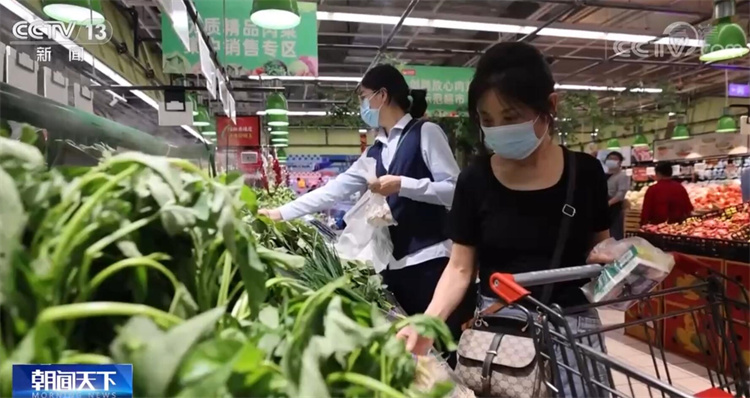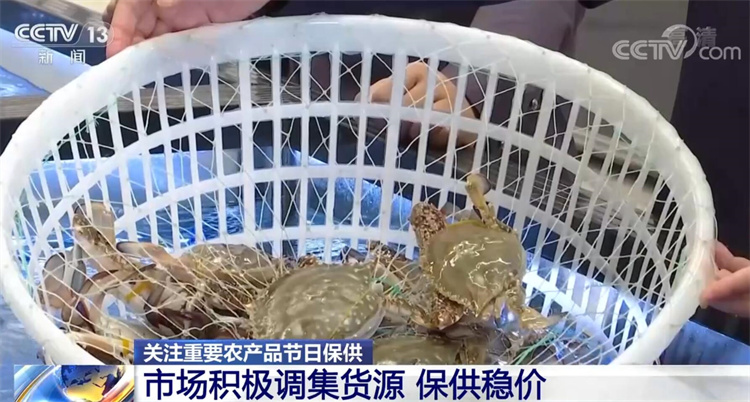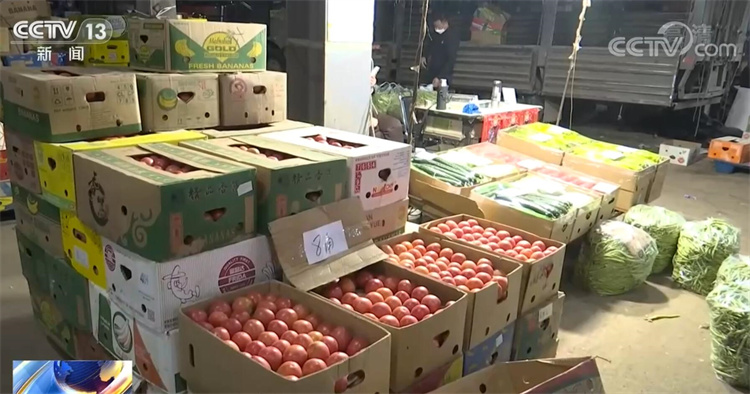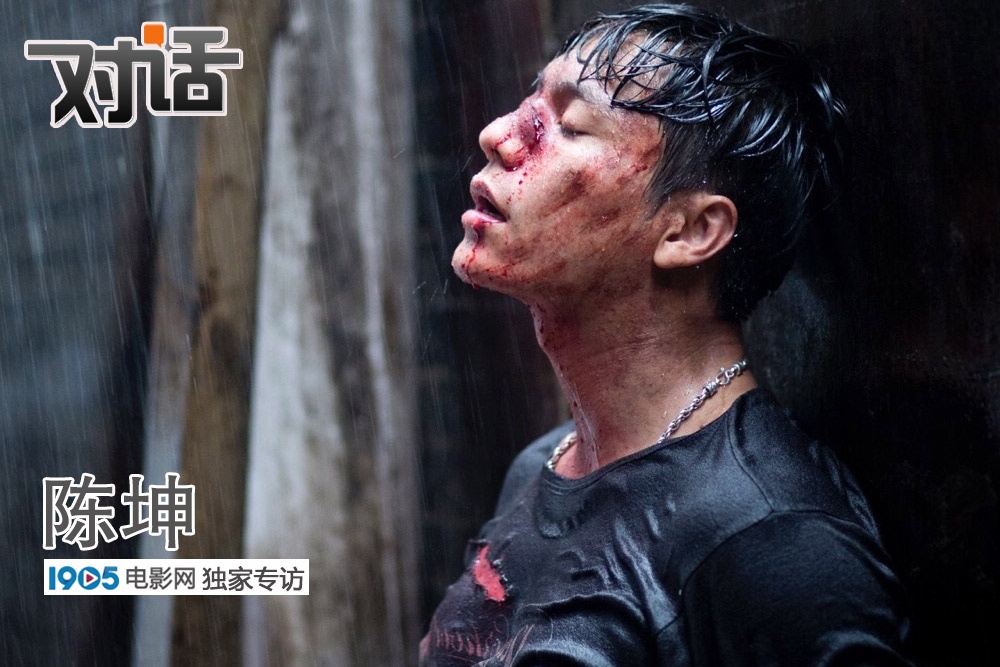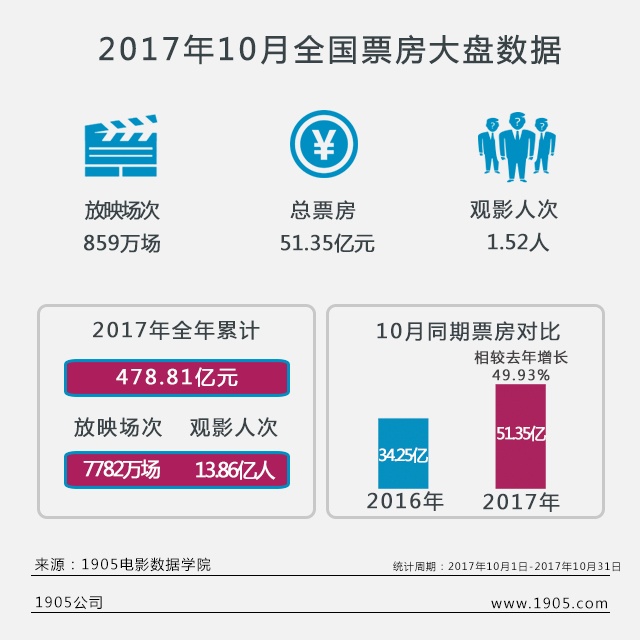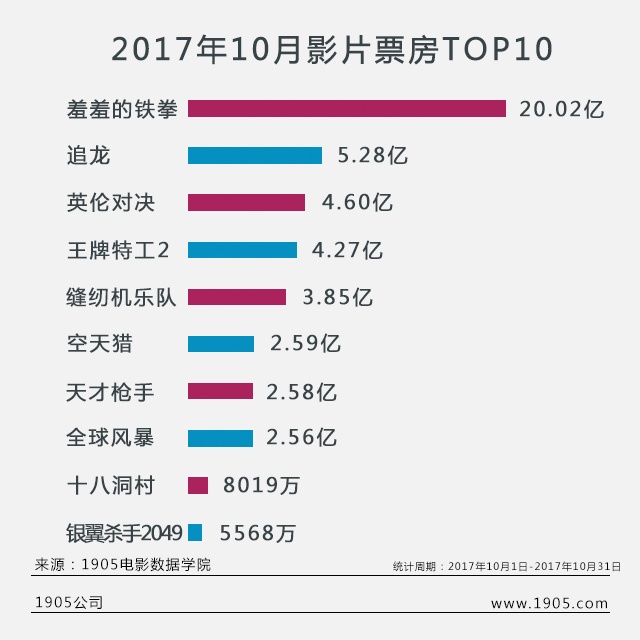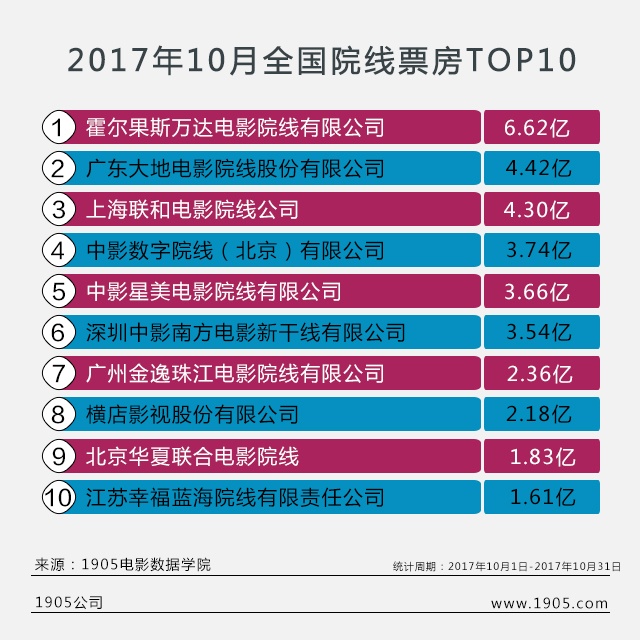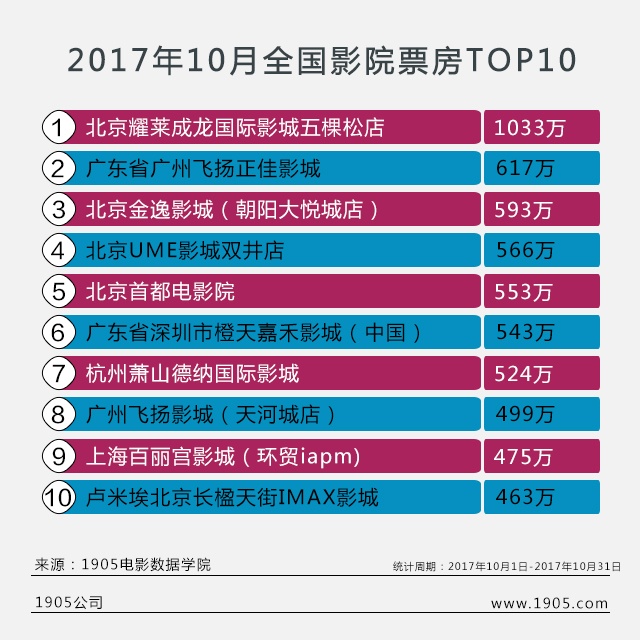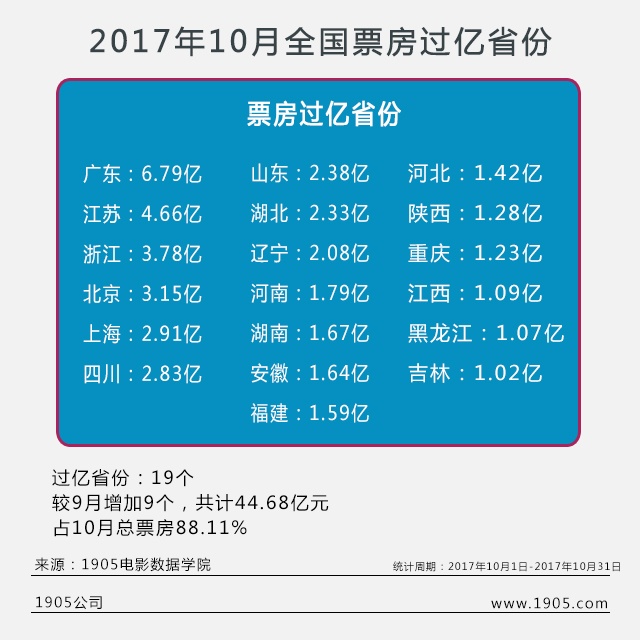Cctv news: On July 5th, the website of the Ministry of Education released the statistical bulletin on the development of national education in 2022.
2022 is an extremely important year in the history of the party and the country. It is of great strategic significance and far-reaching influence to systematically plan the education of the 20th National Congress of the Communist Party of China as the basic and strategic support for building a socialist modern country in an all-round way. In the face of profound changes in the internal and external environment, under the strong leadership of the CPC Central Committee and the State Council, the education system adheres to the guidance of the Supreme Leader’s Socialism with Chinese characteristics Thought in the new era, thoroughly studies and implements the spirit of the 20th Party Congress, actively promotes new progress in education, new achievements in all work, and new changes in the outlook of education, strives to make a good historical journey of building a strong educational country, and makes new educational contributions to building a socialist modern country and promoting the great rejuvenation of the Chinese nation in an all-round way.
I. Synthesis
There are 518,500 schools at all levels in China, with 293 million students and 18,803,600 full-time teachers.
Second, preschool education
There are 289,200 kindergartens in China, a decrease of 5,610 or 1.90% over the previous year. Among them, there are 245,700 inclusive kindergartens, an increase of 1,033 or 0.42% over the previous year, accounting for 84.96% of the national kindergartens.
There were 46,275,500 preschool children, a decrease of 1,776,600 or 3.70% over the previous year. Among them, there are 41,440,500 children in inclusive kindergartens, a decrease of 741,600 or 1.76% over the previous year, accounting for 89.55% of the children in kindergartens nationwide, an increase of 1.77 percentage points over the previous year.
The gross enrollment rate of preschool education was 89.7%, an increase of 1.6 percentage points over the previous year.
There are 3,244,200 full-time teachers in preschool education, and the proportion of full-time teachers with college education or above is 90.30%.
Third, compulsory education
There are 201,600 schools in compulsory education in China. Compulsory education enrolled 34.3277 million students, 159 million students and 10.6546 million full-time teachers, and the consolidation rate of nine-year compulsory education was 95.5%.
1. Primary education
There are 149,100 ordinary primary schools in China, a decrease of 5,162 or 3.35% over the previous year. There are also 76,900 primary school teaching points, a decrease of 6,690 from the previous year.
The primary school enrolled 17,013,900 students, a decrease of 811,900 students or 4.55% over the previous year; There were 107 million students, a decrease of 478,800 or 0.44% over the previous year. There were 17,406,100 graduates, an increase of 225,800 or 1.31% over the previous year.
There are 6,629,400 full-time teachers in primary education; The ratio of students to teachers is 16.19: 1; The qualification rate of full-time teachers is 99.99%; The proportion of full-time teachers with bachelor degree or above is 74.53%.
Primary schools have a total school building area of 889.618 million square meters, an increase of 18.3282 million square meters over the previous year. The proportions of schools with up-to-standard facilities and equipment are as follows: 93.52% schools with up-to-standard sports venues (gymnasiums), 97.07% schools with up-to-standard sports equipment, 96.81% schools with up-to-standard music equipment, 96.79% schools with up-to-standard art equipment and 96.62% schools with up-to-standard mathematical and natural experimental equipment, all of which are higher than the previous year.
There were 2,847,500 classes in primary school, a decrease of 23,200 over the previous year. There were 13,800 large and super-large classes with more than 56 students, a decrease of 0.72 million over the previous year, accounting for 0.48% of the total number of classes, a decrease of 0.25 percentage points over the previous year. Among them, there were 373 super-large classes with more than 66 students, a decrease of 109 over the previous year, accounting for 0.01% of the total number of classes, a decrease of 0.01 percentage points over the previous year.
2. Junior high school education
There are 52,500 junior high schools (including 8 vocational junior high schools) in China, a decrease of 391 or 0.74% over the previous year.
The number of students enrolled in junior high school was 17,313,800, an increase of 259,400 or 1.52% over the previous year. There were 51,206,000 students, an increase of 1,021,600 or 2.04% over the previous year; There were 16,239,200 graduates, an increase of 367,800 or 2.32% over the previous year.
There are 4,025,200 full-time teachers in junior high school education; The ratio of students to teachers is 12.72: 1; The qualification rate of full-time teachers is 99.94%; The proportion of full-time teachers with bachelor degree or above is 91.71%.
The junior high school has a total school building area of 786.4835 million square meters, an increase of 30.5465 million square meters over the previous year. The proportions of schools with up-to-standard facilities and equipment are as follows: 95.68% schools with up-to-standard sports venues (gymnasiums), 98.08% schools with up-to-standard sports equipment, 97.88% schools with up-to-standard music equipment, 97.88% schools with up-to-standard art equipment and 97.75% schools with up-to-standard scientific experimental equipment, all of which are higher than last year.
There are 1,118,500 classes in junior high school, an increase of 19,600 over the previous year. There were 4,522 large and super-large classes with more than 56 students, a decrease of 2,703 over the previous year, accounting for 0.40% of the total number of classes, a decrease of 0.25 percentage points over the previous year. Among them, there were 174 super-large classes with more than 66 students, an increase of 68 over the previous year, accounting for 0.02% of the total number of classes, an increase of 0.01 percentage points over the previous year.
3. Children of migrant workers
There are 13,646,800 children of migrant workers in the compulsory education stage. Among them, 9,698,600 students attended primary schools and 3,948,300 students attended junior high schools.
Fourth, special education
There are 2314 special education schools in China, an increase of 26 or 1.14% over the previous year.
Recruited 146,300 students with various forms of special education, a decrease of 2,805 over the previous year; There were 918,500 students in school, a decrease of 1,265 or 0.14% over the previous year. Among them, there are 335,700 students in special education schools, accounting for 36.54% of the students in special education.
There are 72,700 full-time teachers in special education.
Fifth, high school education
The gross enrollment rate in senior high school was 91.6%, an increase of 0.2 percentage points over the previous year.
1. General high school education
There are 15,000 ordinary high schools in China, an increase of 441 or 3.02% over the previous year.
Ordinary high schools enrolled 9,475,400 students, an increase of 425,900 students or 4.71% over the previous year; There were 27,138,700 students, an increase of 1,088,500 or 4.18% over the previous year; There were 8,241,000 graduates, an increase of 438,800 or 5.62% over the previous year.
There are 2,133,200 full-time teachers in ordinary high school education; The ratio of students to teachers is 12.72: 1; The qualification rate of full-time teachers is 99.03%.
Ordinary high schools have a total building area of 680.349 million square meters, an increase of 36.728 million square meters over the previous year. The proportion of schools with up-to-standard facilities and equipment in ordinary senior high schools is as follows: 94.46% schools with up-to-standard sports venues (gymnasiums), 96.50% schools with up-to-standard sports equipment, 95.85% schools with up-to-standard music equipment, 96.05% schools with up-to-standard art equipment and 96.18% schools with up-to-standard scientific experimental equipment, all of which are higher than the previous year.
2. Secondary vocational education
There are 7201 secondary vocational schools in China, with the same diameter decreasing by 93 compared with the previous year.
Secondary vocational education enrolled 4,847,800 students, with the same diameter decreasing by 42,100 students or 0.86% compared with the previous year. There were 13,392,900 students, with the same diameter increasing by 274,800, or 2.09%. There were 3,992,700 graduates, with the same diameter increasing by 239,000, or 6.37%.
There are 718,300 full-time teachers in secondary vocational education; The ratio of students to teachers is 18.65: 1; The proportion of full-time teachers with bachelor degree or above is 94.86%; "Double-qualified" full-time teachers account for 56.18% of full-time teachers in professional (technical) courses.
VI. Higher education
There are 3013 institutions of higher learning in China. Among them, there are 1239 ordinary undergraduate schools (including 164 independent colleges), an increase of 1 over the previous year; 32 vocational schools at the undergraduate level; 1489 higher vocational (junior college) schools, an increase of 3 over the previous year; There are 253 adult institutions of higher learning, 3 fewer than the previous year. There are also 234 scientific research institutions that train graduate students.
The total number of students in various forms of higher education is 46.55 million, an increase of 2.25 million over the previous year. The gross enrollment rate of higher education was 59.6%, an increase of 1.8 percentage points over the previous year. The average size of an ordinary undergraduate school is 16,793, the average size of an undergraduate vocational school is 19,487, and the average size of a higher vocational school is 10,168.
The number of graduate students enrolled was 1,242,500, an increase of 66,000 or 5.61% over the previous year; Among them, there are 139,000 doctoral students and 1,103,500 master students. There were 3,653,600 graduate students, an increase of 321,200 over the previous year, an increase of 9.64%; Among them, there are 556,100 doctoral students and 3,097,500 master students. There are 862,200 graduate students, including 82,300 doctoral students and 779,800 master students.
The number of undergraduate students enrolled was 4,679,400, an increase of 233,400 over the previous year, with an increase of 5.25%. In addition, there were 866,200 undergraduate students enrolled in junior colleges. There were 19,656,400 students in school, an increase of 725,400 over the previous year, an increase of 3.83%; There were 4,715,700 graduates, an increase of 434,700 or 10.15% over the previous year.
There are 76,300 vocational undergraduate students enrolled, an increase of 34,900 over the previous year, with an increase of 84.39%, and there are 33,100 undergraduate students enrolled from junior colleges. There were 228,700 students, an increase of 99,400 over the previous year, an increase of 76.91%.
The enrollment of higher vocational colleges (specialties) was 5,389,800 (excluding the enrollment of 542,900 people transferred from five-year higher vocational colleges to specialties), and the same diameter increased by 315,900 people, an increase of 6.23%; There were 16,709,000 students, an increase of 808,000 or 5.08% over the previous year; There were 4,947,700 graduates, an increase of 963,600 or 24.19% over the previous year.
Adult undergraduate enrollment was 4,400,200, an increase of 614,900 or 16.24% over the previous year; There were 9,336,500 students in school, an increase of 1,010,000 over the previous year, an increase of 12.13%; There were 3,300,700 graduates, an increase of 521,200 or 18.75% over the previous year.
The number of students enrolled in online colleges was 2,808,900, a decrease of 30,300 or 1.07% over the previous year. The number of students in school was 8,446,500, a decrease of 292,500 or 3.35% over the previous year; There were 2,618,900 graduates, an increase of 28,300 or 1.09% over the previous year.
The national self-study examination for higher education has registered for 3,984,100 person-times and obtained 361,700 graduation certificates.
There are 1,977,800 full-time teachers in higher education, including 1,315,800 in ordinary undergraduate schools; There are 27,800 vocational schools at the undergraduate level; There are 619,500 higher vocational (junior college) schools; There are 14,700 adult colleges and universities. The ratio of students to teachers is 17.65:1 in ordinary undergraduate schools, 18.31:1 in vocational schools at undergraduate level and 19.69:1 in higher vocational schools.
Ordinary and vocational colleges and universities have a total building area of 1,130,805,500 square meters, an increase of 43,132,600 square meters or 3.97% over the previous year. The per capita floor space is 51.63 square meters, the per capita school building area is 25.21 square meters, and the per capita teaching, research and practice equipment value is 17,527.82 yuan.
VII. Private education
There are 178,300 private schools at all levels in China, 7,451 fewer than the previous year, accounting for 34.37% of the total number of schools at all levels in China. There were 52,827,000 students, a decrease of 3,460,600 compared with the previous year, accounting for 18.05% of the total number of students at all levels in China. Among them:
There are 160,500 private kindergartens, a decrease of 6,213 compared with the previous year, accounting for 55.49% of the total number of kindergartens in China; There are 21,267,800 kindergarten children, a decrease of 1,852,500 compared with the previous year, accounting for 45.96% of the preschool children in China.
There were 10,500 private schools in compulsory education, 1,626 fewer than the previous year, accounting for 5.23% of the total number of schools in compulsory education in China. There were 13,568,500 students (including 7,363,700 government-purchased degrees), a decrease of 3,172,500 over the previous year.
4,300 private ordinary high schools, an increase of 292 over the previous year, accounting for 28.62% of the total number of ordinary high schools in China; There are 4,977,900 students, an increase of 474,500 over the previous year, accounting for 18.34% of the students in ordinary high schools in China.
There are 2073 private secondary vocational schools, an increase of 95 over the previous year, accounting for 28.79% of the total number of secondary vocational schools in China; There are 2,762,400 students, an increase of 86,100 over the previous year, accounting for 20.63% of the students in secondary vocational education in China.
There are 764 private colleges and universities, accounting for 25.36% of the total number of colleges and universities in China. Among them, there are 390 ordinary undergraduate schools; 22 vocational schools at the undergraduate level; 350 vocational (junior college) schools; 2 adult colleges and universities. There are 9,248,900 students in private general and vocational colleges, an increase of 791,500 over the previous year, accounting for 25.27% of the students in the national general and vocational colleges.
